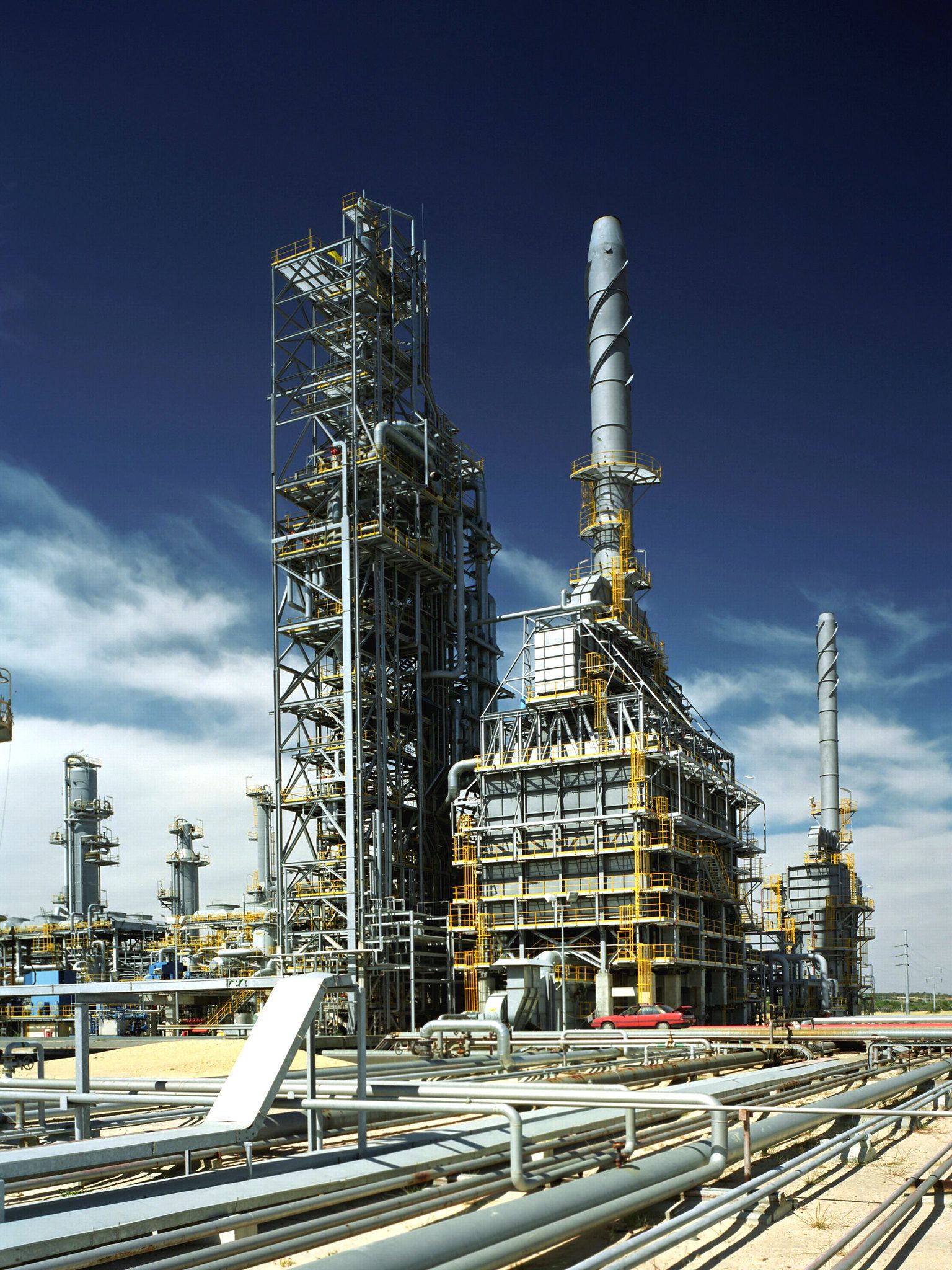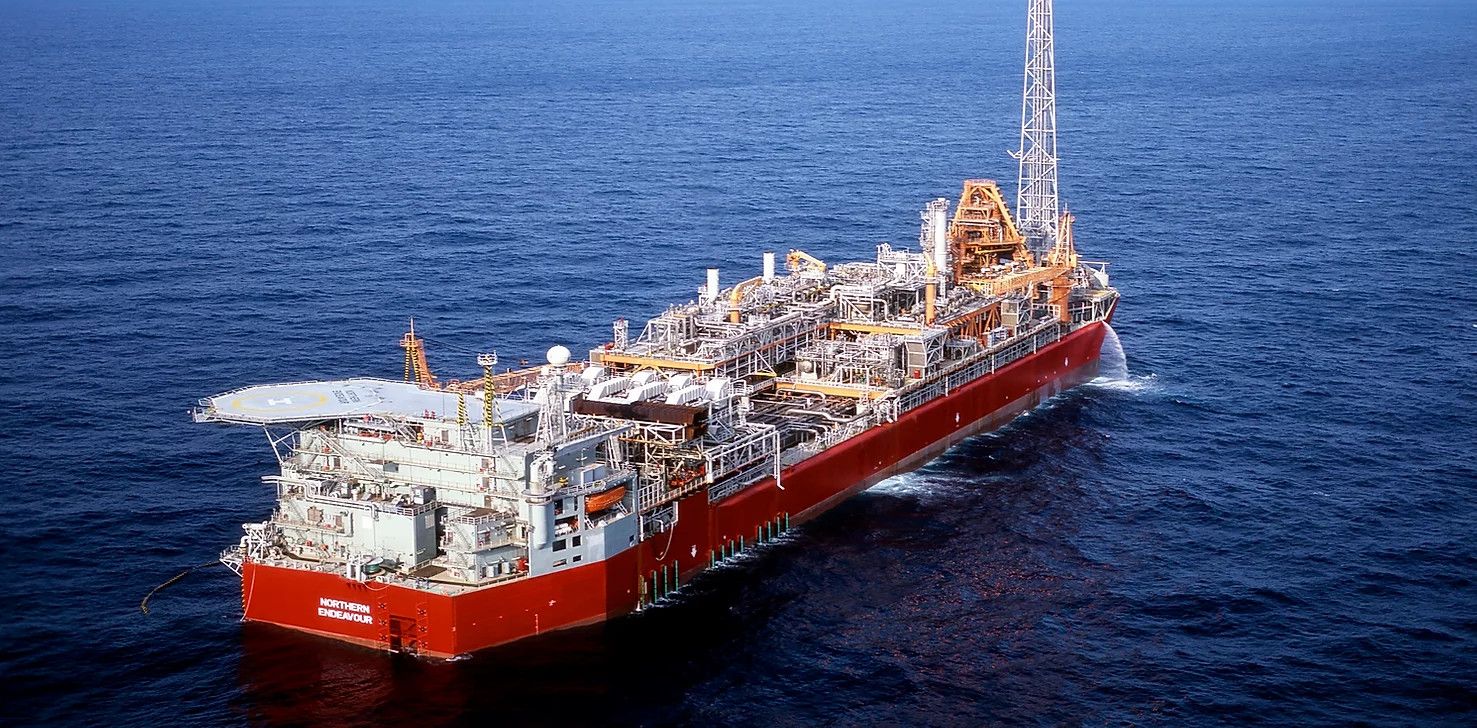Five reasons Australia's green hydrogen dream has foundered
Several big green hydrogen projects have been shelved. An expert explains why Australia’s sky-high ambition for the industry is struggling to reach fruition.
Triangle Energy has six months to find a viable route to market for oil that now goes to BP Kwinana or its Cliff Head operation could become a liability for the Federal Government.

It is apt but unfortunate that trouble comes in threes for Triangle Energy.
Rob Towner, chief executive of the ASX-listed producer of oil offshore Dongara, started 2020 shipping about a thousand barrels of oil a day to BP’s Kwinana refinery and Brent crude was worth a healthy $US67 a barrel.
By March, the oil price was $US15 thanks to COVID-19.
In June pumps in two of the five wells on the Cliff Head platform failed, slashing production.
BP completed the trifecta in October with the shock news that refining at Kwinana would wind up by April 2021.
The replacement of two electrical submersible pumps is underway, courtesy of about $6 million of capital raised in the third quarter, to get production back to normal levels and a barrel of Brent crude is now worth about $US40.
There would have been light at the end of Triangle’s tunnel if BP’s headquarters in London’s posh Saint James had not sent a train from Kwinana down it last Friday.
“It would have been nice to have a bit of notice,” Towner said of BP’s decision to cease refining at Kwinana in six months.
A BP spokesperson told Boiling Cold that the company had made the decision last Thursday and informed all employees and stakeholders as soon as possible after that.

The same day BP decided to close Australia’s largest oil refinery Triangle updated the estimate of its oil reserves, adding two years to the expected life of the field.
Triangle went into a trading halt the next day, immediately after BP revealed its Kwinana decision.
Tuesday’s commencement of trade came with a 30 per cent share price plunge and the withdrawal of the updated reserves estimate.
Reserves are not the quantity of oil in the ground, but how much can be produced economically. Without knowing where Triangle’s product will go in six months and when that will cost, there is no basis for an estimate of reserves.
Triangle also planned to attract a new partner to the Cliff Head joint venture to finance the drilling of more wells. No investors will go near Cliff Head until a route to market is found.
Towner said the investigation of export options is underway and he is feeling upbeat, with a lot of support from industry. He has met with Buru Energy executive chairman Eric Streitberg to learn from the Kimberley producer’s export through Wyndham.
Triangle has a three-pronged challenge: develop a route to market which will likely involve infrastructure, commercial deals and regulatory approvals; keep the cost low,; and have it all in place in six months.
“I can only give it my best shot,” Towner said.
Triangle’s plight is attracting uncomfortable comparisons with Northern Oil and Gas Australia, that went into liquidation in February.
NOGA has left the Federal Government with the responsibility to decommission the Northern Endeavour oil vessel and its subsea wells in the Timor Sea that could cost more than $300 million.
Both companies relied on a single asset with ageing facilities near the end of field life but differed in what threatened revenue.
NOGA’s cashflow stopped when offshore safety regulator NOPSEMA insisted it fixes long-running safety problems.

Triangle’s revenue may disappear due to a third party without notice pulling its access to the market.
When asked about the cost to decommission Cliff Head if production past April is not viable, Towner said: “I really don’t want to address that.”
The provision for restoration of the Cliff Head platform, wells and the onshore Arrowsmith processing plant is $37 million.
Triangle’s accounts recognise a $21 million liability for the 57.5 per cent of Cliff Head it owns directly. It is liable for a further $8 million through its 50 per cent holding in Triangle Energy Operations Pty Ltd that accounting standards do not require to be recognised because Triangle does not control TEOPL.
Private company Royal Energy, that ASX-listed Pilot Energy is currently taking over, owns the other half of TEOPL.
The actual decommissioning cost is likely to be greater than $37 million as restoration provisions are the present value of a future cost, with the difference depending on the time to end of field life and the discount rate used.
If cash is required Triangle has a 27.7 per cent stake in ASX-listed State gas worth $26 million. Unfortunately, a large parcel in the small Queensland gas explorer is challenging to sell.
Triangle’s shareholders and workers, as well as the Federal Government, will all hope Cliff Head remains viable.
The fact that another decommissioning liability could drop onto Australian taxpayers should cause the logic of single-asset companies being awarded petroleum licenses to be questioned.
Unlike larger concerns, they do not have alternative sources of cash when an asset strikes trouble, which happens regularly in this high-risk industry.
Main image: Cliff Head platform. Source: Triangle Energy
All the info and a bit of comment on WA energy and climate every Friday